You're in for a treat:
Microlearning can completely transform how you train restaurant staff in 2025. No kidding.
In fact, hospitality businesses using these methods report higher engagement, better retention, and faster skill development.
(It's not even isolated to hospitality - it's all businesses, really.)
By the end of this article, you'll have 11 proven strategies to take your onboarding process to another level and get new team members serving confidently from day one.
Let's jump in!
1. Break Training Into Tiny Bites
Remember those thick training manuals that made new hires' eyes glaze over?
They're about as effective as using a cocktail napkin to mop up a wine spill.
The secret isn't cramming everything into marathon sessions. It's serving up knowledge in perfectly portioned 3-5 minute modules.
Here are some examples:
Think of microlearning as the tapas approach to training. Small plates, maximum flavor.
Research from eLearning Industry shows microlearning increases engagement rates by up to 50% compared to traditional methods.
If you're a 100+ people operation, adding 50% effectiveness to your training is going to hit the bottom line.
(In a very good way.)
When you break down complex procedures like opening duties or POS navigation into digestible chunks, your team actually retains the information.
But how to do it, I hear you ask:
Start by auditing your current materials. That 47-page manual about wine service? It's not done.
Slice it into micro-modules covering e.g.
1. Wine basics
2. Proper pouring technique
3. Pairing suggestions
Your sommelier-in-training will thank you.
So will your guests.
2. Make Training Mobile-First
Picture this: It's the dinner rush, the espresso machine starts making sounds like a dying walrus, and your newest barista looks panicked.
.png)
Traditional training says "wait for your manager." Microlearning says "grab your phone", because this waiter can learn what to do in 2 minutes.
With 85% of hospitality staff preferring mobile access to learning materials, your training needs to live where your team lives (on their devices).
This is nothing new. But it's still not the standard.
You might hates these for other reasons, but QR codes can become your new best friend. Stick them at every station linking to quick how-to videos - just point at 'em, and there's a direct link.
Eg.: Need to reset the card reader? Scan, watch a 90-second video, problem solved.
Quick case:
One gastropub chain implemented QR codes linking to cocktail preparation videos right behind their bar.
This way, new bartenders could perfect their Manhattan technique between orders, leading to more consistent drinks and fewer remakes.
(And if you're thinking "my staff shouldn't use their phones under service.. news flash: they already do. Sorry.)
Read more: The Best Employee Apps for Hospitality
3. Learn During Real Shifts
Traditional group onboarding is like trying to coordinate a flash mob. Everyone needs to be in the same place at the same time.
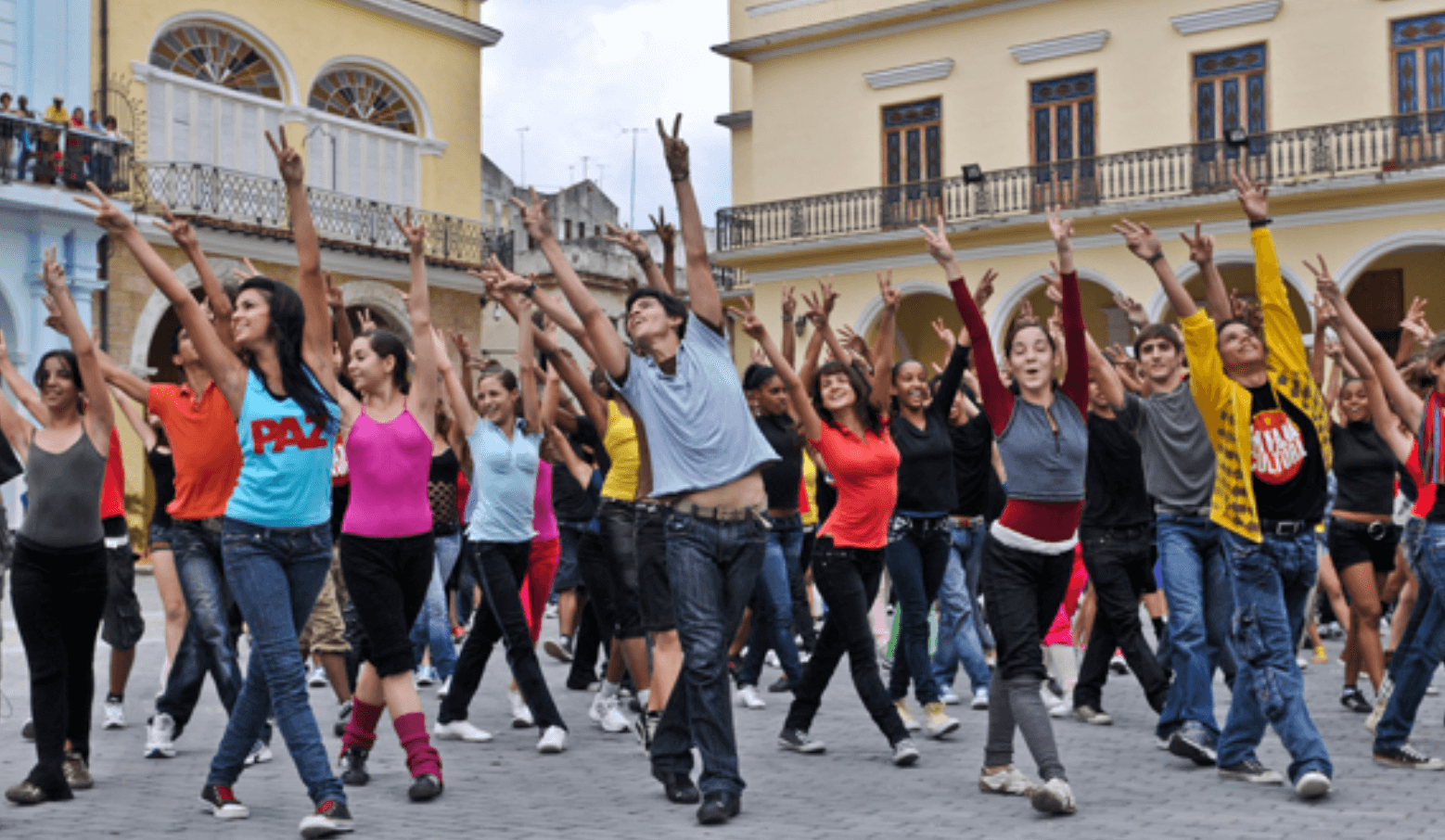
In hospitality, that's about as likely as finding a unicorn mixing drinks at your bar.
Microlearning's flexibility means new hires can learn while they work. This eliminates the operational headache of scheduling group sessions.
(And it eliminates the need of sitting in the back office, already hating this work place on day 1.)
According to SincxLearn, businesses using shift-based microlearning reduced their onboarding timeline by an average of 40%.
Assign key modules as "before day 1" missions that can be completed during natural downtime. For example on the metro.
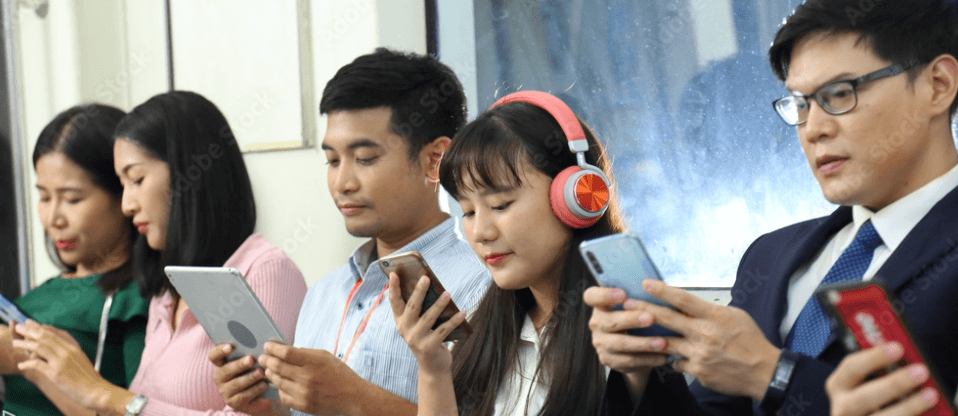
A new server can master your wine list during the afternoon lull. A prep cook can review food safety protocols while waiting for deliveries.
One multi-location bar group cut their onboarding time in half by implementing micro-tasks that new hires completed during their actual shifts.
Instead of pulling staff off the floor for training, they turned more quiet moments into learning opportunities.
4. Show Instead of Tell
Text-heavy training manuals are the hospitality equivalent of explaining how to ride a bike through interpretive dance.
Theoretically possible, but painfully ineffective.
Video-based microlearning enhances retention rates by up to 65% according to Docebo's research.
When you're teaching hands-on skills like cocktail preparation or table service, visual demonstration trumps written instruction every time.
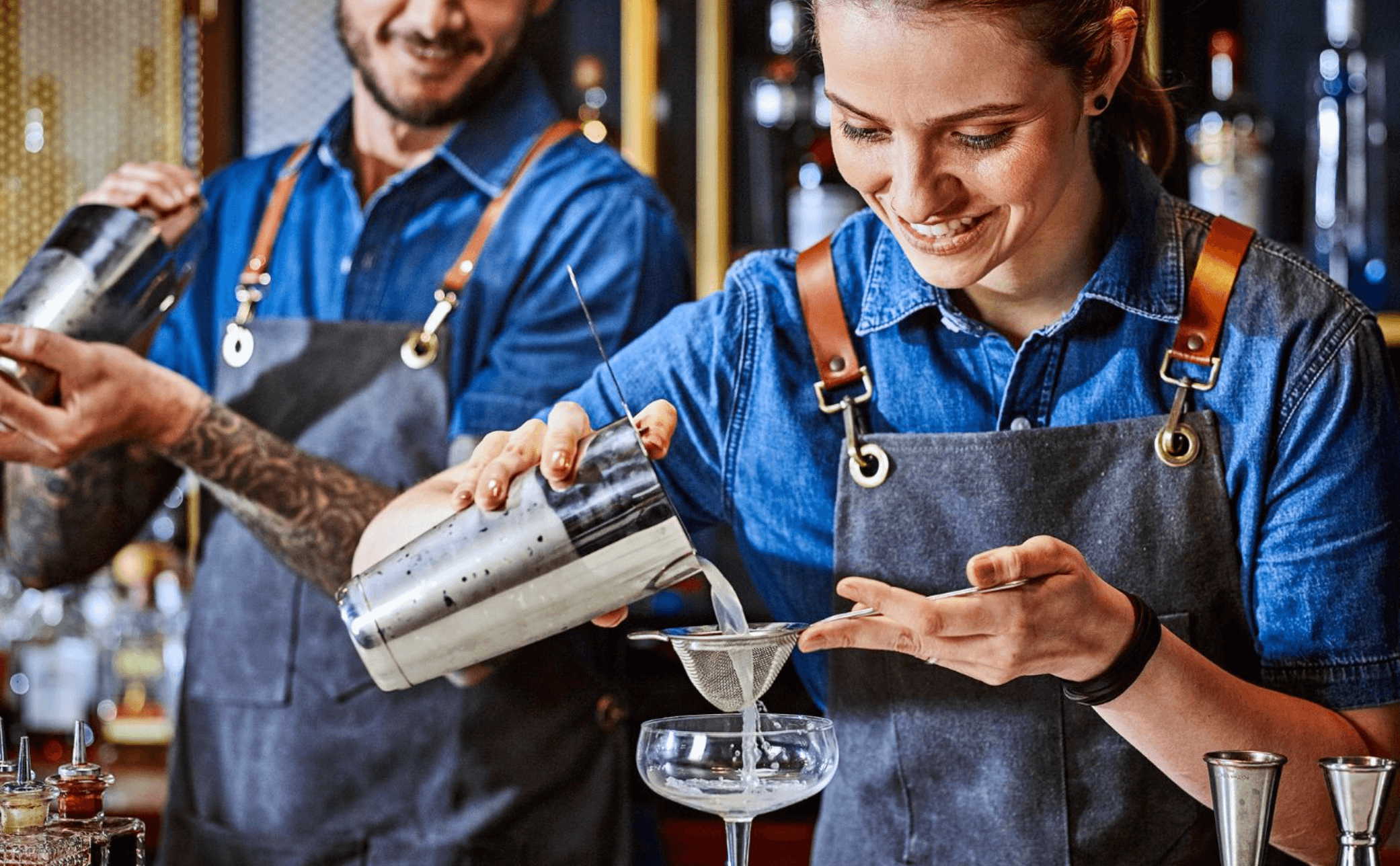
Film quick "how-to" videos featuring your best staff members.
A 3-minute video of your star bartender crafting your signature Old Fashioned is worth more than three pages of written instructions.
(Plus, new hires can replay tricky sections until they nail the technique.)
The magic happens when you capture real scenarios. Like handling a difficult guest complaint or managing a large party reservation.
Or create scenarios that remind of real situations. It's called scenario based learning.
Such (somewhat) authentic moments create training gold that resonates with new team members facing similar situations.
5. Make Quizzes Fun
Traditional quizzes are about as exciting as watching paint dry on a rainy Tuesday.
But gamified micro-quizzes? They're like turning your training into a friendly pub quiz where everyone actually wants to participate.
Example of what it looks like in All Gravy:
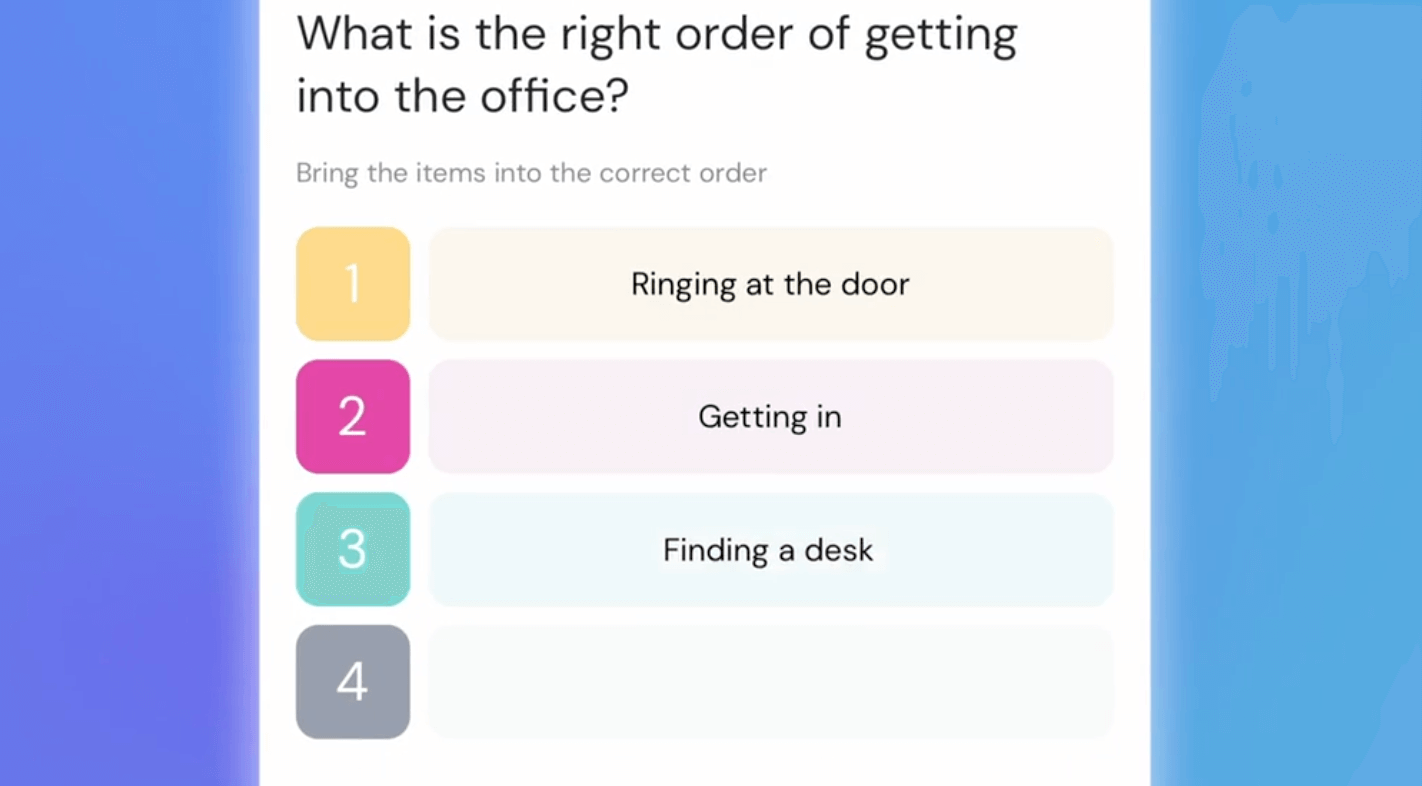
Docebo's research reveals that 72% of learners prefer microlearning because of its engaging formats. Gamified elements boost course completion rates significantly.
(Surprise. People rather have fun than not.)
Create quick quizzes with instant feedback that turn knowledge checks into mini-games.
Award points for correct answers. Create leaderboards. Offer small rewards like a free staff meal or coffee for top scorers.
One restaurant group implemented weekly "Menu Master" challenges where servers competed to identify ingredients and preparation methods.
The result was pretty wild:
Menu knowledge improved by 80%, and upselling increased as confident servers made better recommendations.
6. Fix Mistakes Fast
Nothing's more frustrating than watching a new hire repeat the same mistake for weeks because nobody caught it early.
It's like letting someone drive with their turn signal on for miles. Painful for everyone around.
Microlearning modules with immediate feedback help correct misconceptions on the spot, according to Lingio's findings. Instead of waiting for weekly check-ins, new hires get instant guidance when they need it most.
Include "what would you do?" scenario prompts in your modules.
Present real situations like handling a food allergy request or managing a reservation mix-up. Then provide immediate feedback on their choices.
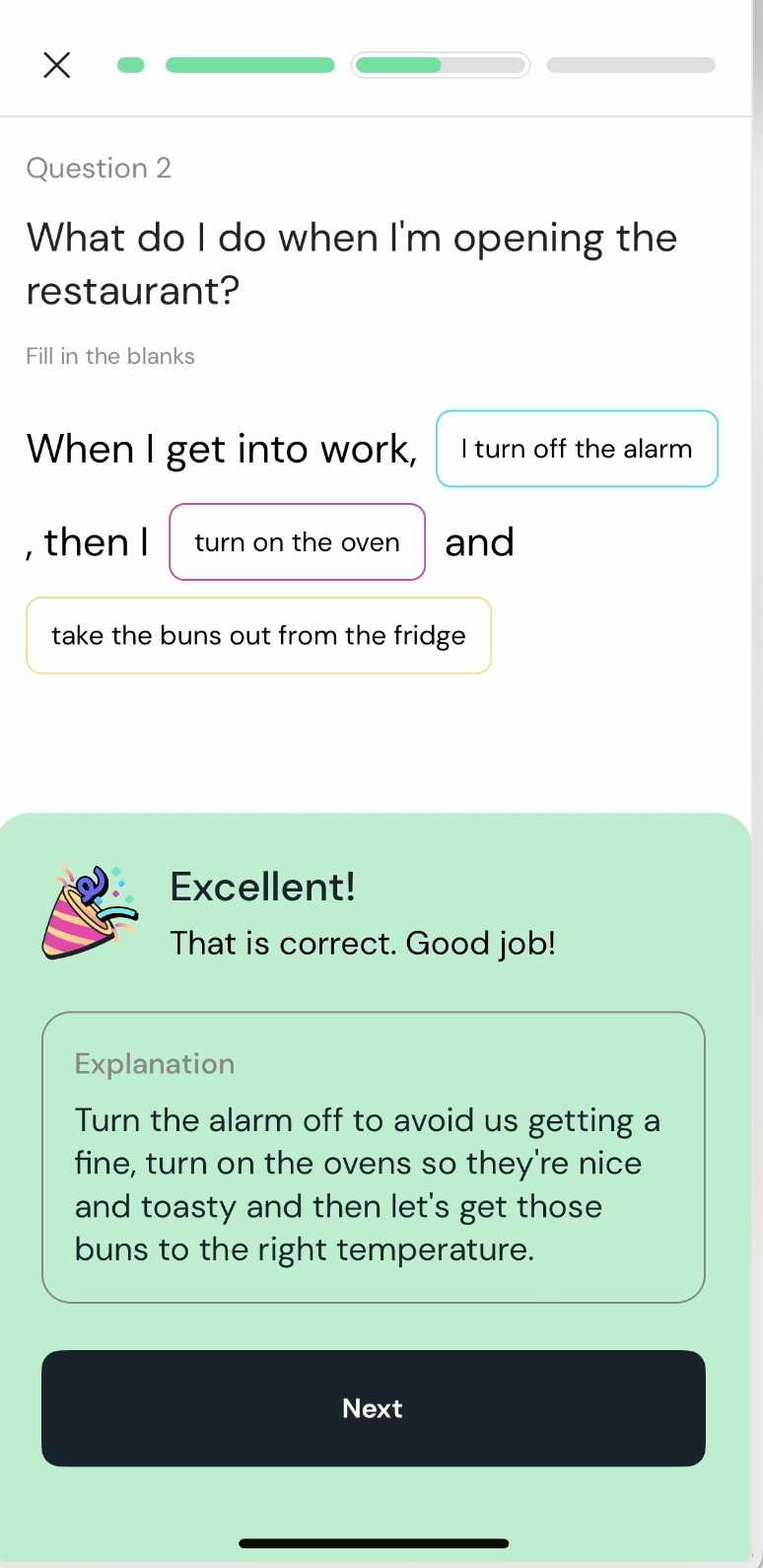
Quick feedback builds decision-making confidence before they face these situations live.
The beauty of this is that it prevents bad habits from forming while reinforcing good practices immediately.
7. Customize Training Paths
One-size-fits-all onboarding is like serving the same dish to every guest.
It might work for some, but it'll leave others hungry for something more relevant.
Calibr.ai's research shows that personalized onboarding improves effectiveness by up to 60% and significantly boosts new hire confidence.
Again, not a huge surprise, but then.. come on: do it! That's the hard part.
A bartender's training needs differ vastly from a server's, and both differ from kitchen staff requirements.
Start with a quick assessment quiz to determine each new hire's baseline knowledge. Then assign relevant modules accordingly.
You can automate a lot of this with modern tools. No need to handhold this entire circus.
An experienced bartender joining your team might skip basic cocktail preparation but need specific training on your POS system and house cocktail recipes.
Create learning tracks that adapt to experience levels. And get a tool that allows your L&D peeps to bulk-complete courses that aren't relevant for that chef.
Your seasoned server transferring from fine dining needs different training than someone entering hospitality for the first time.
Gotta design that into your learning journeys and L&D setup as a whole.
8. Use Spaced Repetition
Here's a sobering truth: most traditional training evaporates from memory faster than ice in a Moscow Mule.
Or in a cup of tea. Fast!
Without reinforcement, up to 90% of new information disappears within a week.
Spaced repetition through microlearning boosts long-term retention and reduces retraining needs, according to Lingio's research.
Instead of front-loading all information, spread key concepts across the first month with strategic reminders.
There's a good little line stating: learn it, then link it. Not enough to just learn it, you gotta link it through repetition.
Set up automated refreshers for critical information like new menu items, seasonal specials, or policy updates.
A quick 2-minute reminder about wine pairing suggestions three days after initial training reinforces knowledge when it's starting to fade.
AI can help you with that. One option is to set it up with our AI Colleague, so it automatically pins people with a short follow up quiz, for example.
This approach transforms one-time training into ongoing skill development. New hires retain crucial information beyond their first week.
9. Track What Works
Flying blind with training is like mixing cocktails in the dark.
You might get lucky, but you'll probably make a mess.
Calibr.ai's findings show that data-driven training insights enable continuous improvement in onboarding effectiveness.
Modern microlearning platforms track completion rates, quiz scores, and time spent on modules, revealing exactly where new hires struggle.
(And yes, we're one of them.)
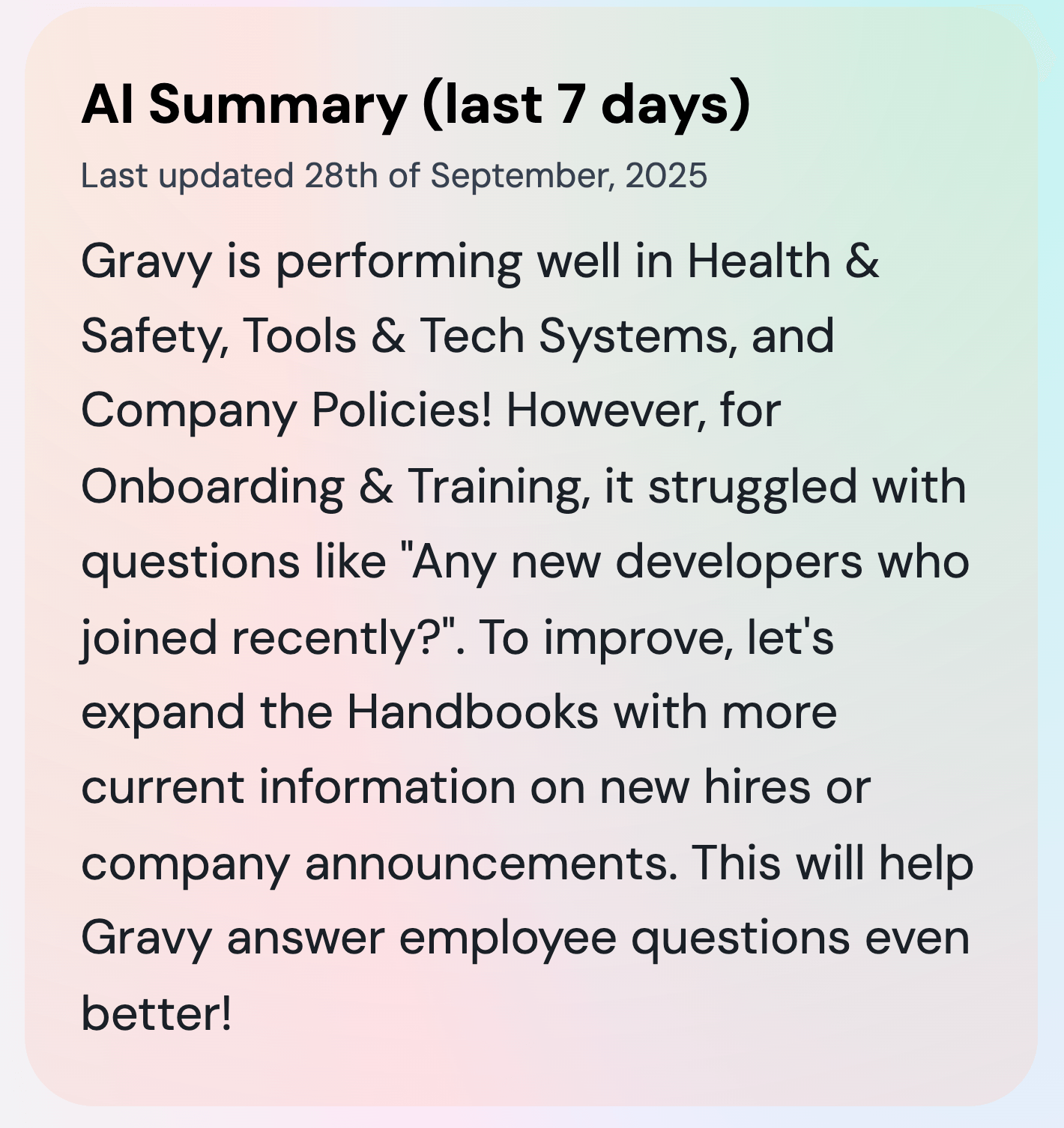
Review these inputs weekly to identify patterns.
If everyone's struggling with your wine service module, it needs revision. If certain quizzes consistently trip up new hires, you've found knowledge gaps to address.
Use this data to iterate and improve your content continuously.
Training becomes a living system that evolves based on real performance rather than assumptions.
10. Cut Costs While Boosting Results
Traditional full-day onboarding sessions cost more than a premium bottle of champagne.
They often deliver about as much lasting value as the bubbles.
The eLearning Industry reports that microlearning reduces overall training costs by up to 50% while improving employee performance metrics.
You eliminate the need for dedicated training rooms, printed materials, and pulling multiple staff members off the floor simultaneously.
Calculate your current onboarding costs:
- trainer time
- materials
- lost productivity from having staff in training instead of serving guests.
Then compare this to microlearning's streamlined approach where new hires learn during natural downtime.
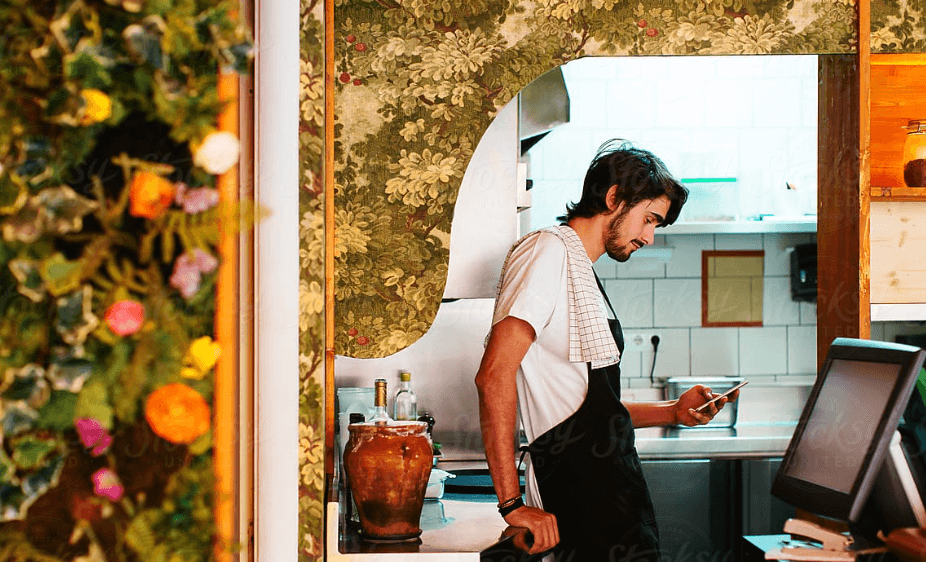
Track metrics before and after implementing microlearning to demonstrate clear ROI.
Most operations see immediate savings in training time and long-term benefits through improved retention and performance.
11. Build Confident Staff for Better Guest Experience
Nervous, undertrained staff deliver service about as smooth as chunky peanut butter.
Confident, well-prepared team members create the seamless experiences that generate rave reviews and repeat customers.
Airmeet's research confirms that better onboarding leads to improved guest satisfaction scores and stronger online reviews.
When new hires feel prepared and confident, it shows in every interaction.
Microlearning empowers staff to hit the floor running instead of stumbling.
They've practiced scenarios, mastered procedures, and built confidence through small wins before facing real guests.
Gather feedback from new hires about their onboarding experience. Use insights to refine your microlearning program continuously.
One restaurant group saw their guest satisfaction scores rise by 15% after implementing comprehensive microlearning onboarding.
Read more: Why an Intranet is a Must-Have for Frontline Workers
Start Your Training Overhaul Today
Microlearning isn't just another training trend.
It's a proven method to build confident, high-performing teams while saving time and money.
The evidence is clear: bite-sized, mobile-friendly, personalized training delivers better results than traditional approaches.
Ready to revolutionize onboarding for your restaurant or bar?
Pick one strategy from this list and pilot it with your next hire. Start with snackable lessons or mobile-first training, then expand based on your results.
Your staff will feel more prepared.
Your guests will receive better service.
Your operations will run more smoothly.
The microlearning revolution isn't coming. It's here, and it's time to join it.









.png)
%20(1).png)